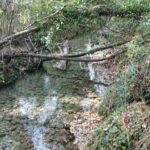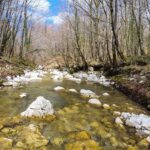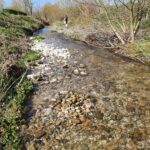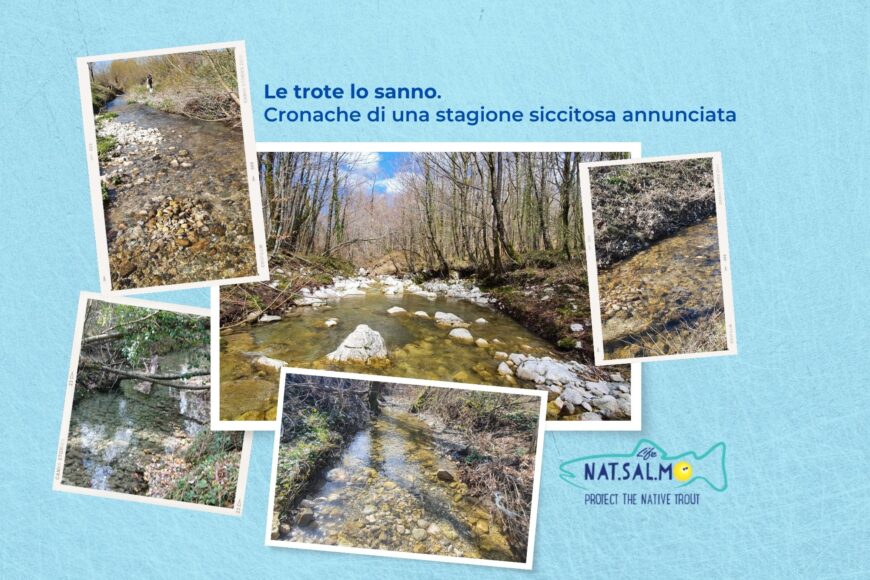What happened in the Volturno and in the Biferno in the last winter season 2021/2022 necessarily leads us to think that there is a sixth sense, a perception by trout – as well as by other animals – regarding seasonality and meteorology.
In detail: Molise trout – which normally migrate for reproductive purposes in the lateral tributaries – this year remained substantially in the main rivers, completely avoiding the secondary streams in which, in past years, they used to reproduce.
It is obvious that the rise – for a trout as well as for a salmon or for any species that makes migrations – is a moment in which the individual is exposed to several risks; and in the rivers of Molise, where there are still populations of otters, the ascent carried out in small streams exposes even more the reproducers to predation.
The joint action of high risk of predation and very low water levels – rather, the prospect of very low water levels – has substantially discouraged reproduction within the tributaries, preventing trout from rising them.
Last December we wondered why, in the tributaries where we used to find many breeders, there were not any. Indeed, there were some fish, but they were small in size. Only with the prolongation of the season, of the driest winter ever, without rain and snow, where the water levels were even dropping day by day both in the main rivers and in the side ones, here, only then did we realize that the trout had been right in not frequenting the tributaries, in not risking an ascent, in not going to lay their eggs where the fry, once they became trout, would have found a deeply hostile environment, characterized by low water levels and easy predation by ichthyophagous species, including herons and cormorants.
Trout, they know it.
They know when the seasons are neither suitable nor opportune for the ascent for natural reproduction.
By MTRG – Mediterranean Trout Research Group







